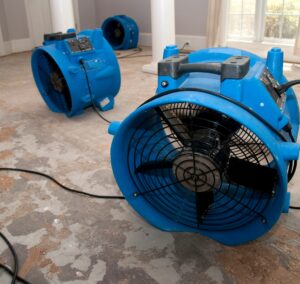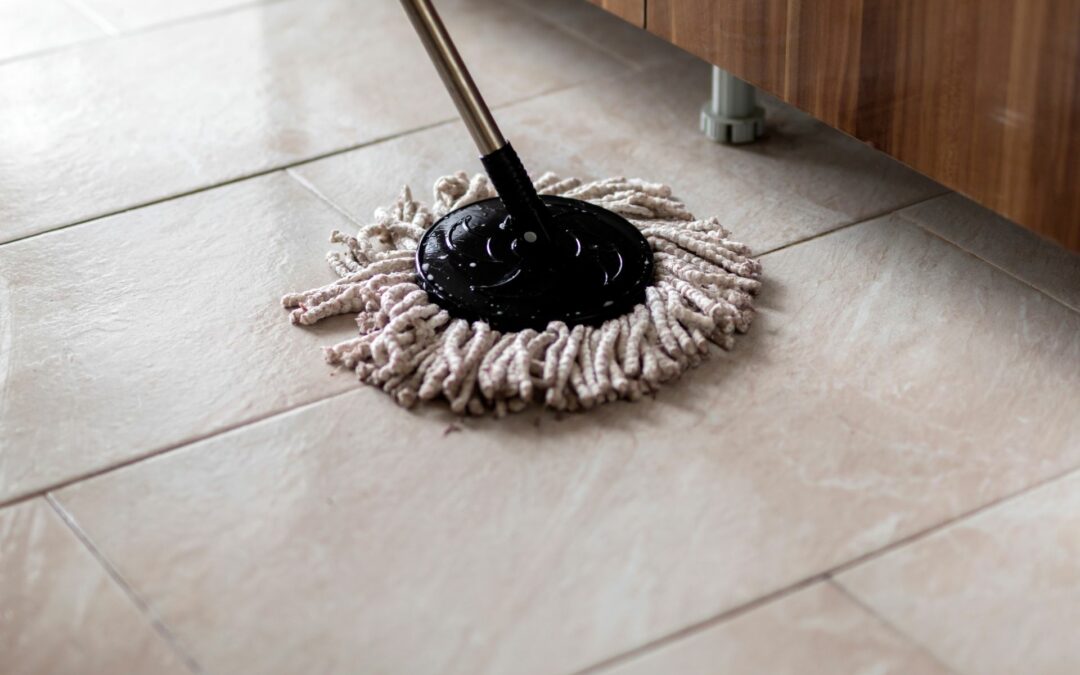Dealing with water damage can be both frustrating and expensive. Luckily, there are ways to reduce the severity of the effects of water damage in your home. This involves using water damage mitigation techniques. Unlike water damage restoration, water mitigation is a temporary solution that seeks to reduce water damage and doesn’t replace anything. Understandably, you don’t want to have to wait for a professional to take care of your home and would like to get a head start to ease the recovery process. Keep reading to learn more about mitigating water damage risks.
7 Useful Tips For Mitigating Water Damage Risks
Knowing how to mitigate water damage risks will keep you from dealing with a costly restoration process. Here are seven tips for mitigating water damage risks that are worth practicing:
1. Remove Water from Damaged Furniture
The first and most immediate action you can take when water damage starts setting in is to remove any furniture with visible water damage. Allowing these pieces of furniture to remain in your home will create an ideal environment for mold and mildew growth, so getting rid of them is essential. This same principle applies to carpets, as they are just as much of an ideal breeding ground for mold spores.
2. Dry And Ventilate
Another actionable step you can take in mitigating water damage risks is to dry and ventilate all areas of your home that have been subjected to said damage. You can use mops, high-grade pumps, vacuums, or large fans. Drying and ventilating sooner rather than later will reduce the chance of dealing with severe amounts of water damage.

3. Check The Water Bill
If you want to take preemptive action against water damage, checking your water bill will make a difference. An unusually high water bill can indicate leaks, dripping, and other water issues that could cause damage. As soon as you notice this change, inspect the state of your water-based appliances for any problems so you can address them right away.
4. Install Water Alarms
Installing water alarms can also help with mitigating water damage risks. These devices can be found in kitchens, bathrooms, laundry rooms, and basements and are triggered when unusual amounts of water are detected, as well as potential water damage.
5. Maintain Gutters And Downspouts
Mitigating water damage risks also involves maintaining your home’s gutters and downspouts. This simply consists of cleaning your gutters and downspouts on a regular basis. Allowing dirt and debris to clog these parts will increase the possibility of leaks in your home, leading to water damage. This task should be completed at least twice a year, one of those before winter, when your gutters are most volatile.
6. Monitor Water Pressure
Keeping track of your home’s water pressure will allow you to take action sooner rather than later against potential water damage. This tip goes hand-in-hand with checking the water bill, as you can usually trace any unusually high bills to anomalies in your water pressure.
7. Care For Water-Connected Appliances
Finally, the easiest way to go about mitigating water damage risks is to care for water-connected appliances. These appliances include fridges, freezers, dishwashers, sinks, washing machines, dishwashers, heaters, and countless others. Each appliance comes with its own unique set of maintenance requirements, so teach yourself those routines to reduce those damages before they can happen.
Call ASAP Restoration To Fix Your Water-Damaged Home Today!
Hopefully, these seven tips for mitigating water damage risks will prove effective when the time comes. By taking action, you can avoid an especially expensive restoration bill and keep your home in pristine condition. If you are in need of a professional restoration service, you have access to the best one in Houston: ASAP Restoration. Contact us, and we will restore your home in no time.

